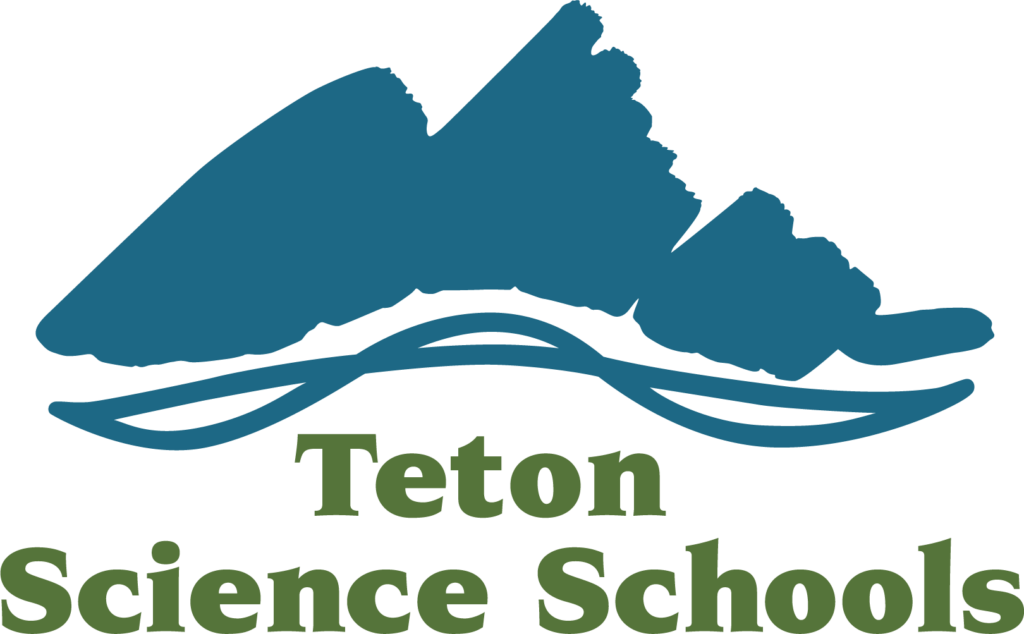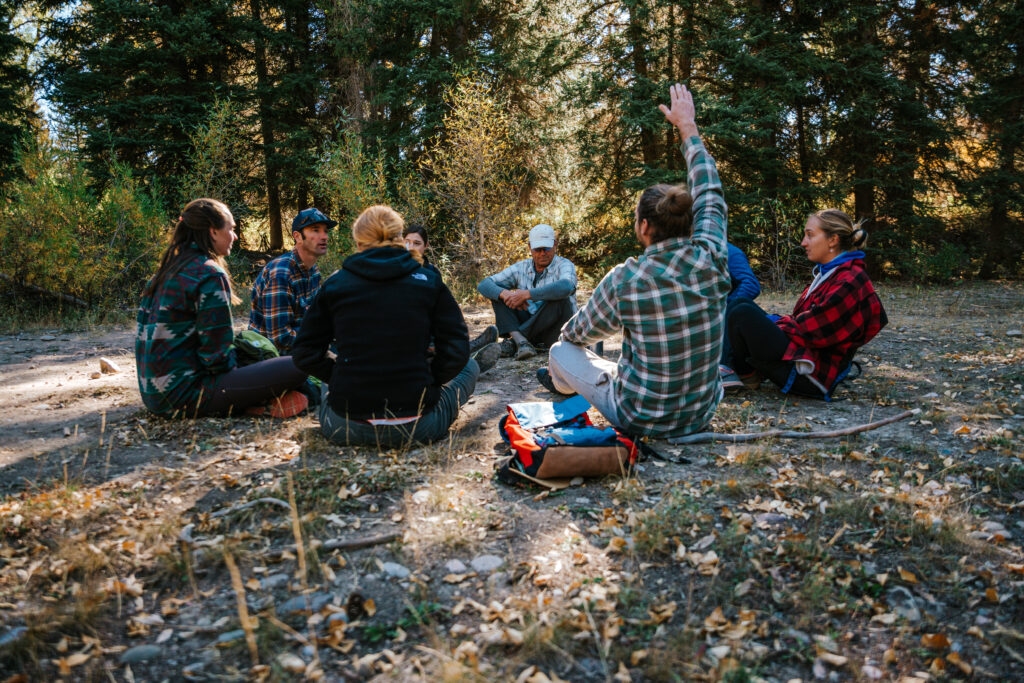Written by Sharon Laidlaw, Director of Place Network
How We Teach Place—When It’s Not Our Place
At the heart of place-based education is a deep respect for place itself – its people, its stories, its challenges, and its possibilities. But what happens when we, as facilitators and coaches, are invited into a school community that isn’t our home? How can we authentically teach the principles of place-based education in a place we don’t know firsthand?
We’ve found that the answer isn’t about having the right answers; it’s about asking the right questions, modeling humility, and creating space for local voices to lead. As we lead into our Fall Virtual Webinar Series, one of which is Understanding Your Place, we thought we’d share some behind-the-scenes information about our work.
Listening First
Before any workshop begins, we start by listening. Through initial conversations with school leaders and educators, and time spent in the community (when possible) or by reading and researching, we begin to understand the context. We ask: What does place mean here? What are the community’s strengths? What stories might go untold?
This listening phase is not just a step – it’s a stance. It communicates to educators that they are the experts in their place. Our role is not to import solutions but to offer frameworks, tools, and inspiration that teachers can shape into something uniquely theirs.
Modeling Learner-Centered Practices
One of the core principles of place-based education is learner-centered practices, and we apply the same philosophy to our professional learning sessions. Rather than lecturing about best practices, we invite teachers to co-construct their learning experience. We guide them in identifying opportunities within their existing curriculum, community relationships, and local environment to make learning more relevant and rooted.
This means that our workshops often feel more like working sessions than training sessions. We might be sketching asset maps, exploring local-global connections, or crafting driving questions for interdisciplinary projects. But we’re always doing it together.
Honoring Local Knowledge
We intentionally center the voices of those who do live in the place. Whether that’s a longtime educator, a local leader, or a student, we work to elevate stories and perspectives from within the community. We also help teachers build the skills to do the same with their students – encouraging them to connect with elders, interview local experts, and critically examine the narratives that shape their place.
We recognize that this work must be done through the lens of cultural curiosity and culturally sustaining pedagogy. This means being aware of our own identities and assumptions, and supporting learners in exploring how identity and place intersect.
From Framework to Flourishing
Ultimately, our goal is not to transplant a model but to cultivate a mindset. Place-based education is not about a set curriculum or a checklist of activities – it’s a lens. A way of seeing students not just as learners, but as change-makers rooted in community. A way of seeing schools not just as buildings, but as launchpads for real-world impact.
So, when we travel to work with schools outside our own place, we don’t pretend to know the land, the people, or the stories better than those who live them. Instead, we show up with humility, with tools, and with a deep belief in the power of place to transform education.
Because every place has something to teach us. And our job is to help communities see that—and bring it to life in their classrooms.
To learn more about our approach to place-based education, please join us for our Fall Virtual Series:
October 7 – Introduction to Place-Based Education
October 21 – Understanding Your Place
November 4 – Community Impact = Inquiry + Design


